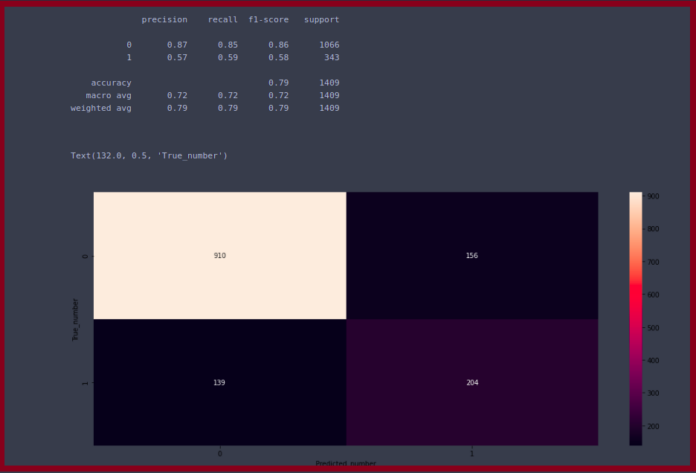scipy.stats.lomax() is a Lomax (Pareto of the second kind) continuous random variable. It is inherited from the of generic methods as an instance of the rv_continuous class. It completes the methods with details specific for this particular distribution.
Parameters :
q : lower and upper tail probability
x : quantiles
loc : [optional]location parameter. Default = 0
scale : [optional]scale parameter. Default = 1
size : [tuple of ints, optional] shape or random variates.
moments : [optional] composed of letters [‘mvsk’]; ‘m’ = mean, ‘v’ = variance, ‘s’ = Fisher’s skew and ‘k’ = Fisher’s kurtosis. (default = ‘mv’).Results : Lomax continuous random variable
Code #1 : Creating Lomax continuous random variable
# importing library from scipy.stats import lomax numargs = lomax.numargs a, b = 4.32, 3.18rv = lomax(a, b) print ("RV : \n", rv) |
Output :
RV : scipy.stats._distn_infrastructure.rv_frozen object at 0x000002A9D6564888
Code #2 : Lomax continuous variates and probability distribution
import numpy as np quantile = np.arange (0.01, 1, 0.1) # Random Variates R = lomax.rvs(a, b) print ("Random Variates : \n", R) # PDF R = lomax.pdf(a, b, quantile) print ("\nProbability Distribution : \n", R) |
Output :
Random Variates : 3.197400505329826 Probability Distribution : [0.00296164 0.0032066 0.00347718 0.00377664 0.00410872 0.00447776 0.00488877 0.00534758 0.00586097 0.00643686]
Code #3 : Graphical Representation.
import numpy as np import matplotlib.pyplot as plt distribution = np.linspace(0, np.minimum(rv.dist.b, 3)) print("Distribution : \n", distribution) plot = plt.plot(distribution, rv.pdf(distribution)) |
Output :
Distribution : [0. 0.06122449 0.12244898 0.18367347 0.24489796 0.30612245 0.36734694 0.42857143 0.48979592 0.55102041 0.6122449 0.67346939 0.73469388 0.79591837 0.85714286 0.91836735 0.97959184 1.04081633 1.10204082 1.16326531 1.2244898 1.28571429 1.34693878 1.40816327 1.46938776 1.53061224 1.59183673 1.65306122 1.71428571 1.7755102 1.83673469 1.89795918 1.95918367 2.02040816 2.08163265 2.14285714 2.20408163 2.26530612 2.32653061 2.3877551 2.44897959 2.51020408 2.57142857 2.63265306 2.69387755 2.75510204 2.81632653 2.87755102 2.93877551 3. ]
Code #4 : Varying Positional Arguments
import matplotlib.pyplot as plt import numpy as np x = np.linspace(0, 5, 100) # Varying positional arguments y1 = lomax .pdf(x, 1, 3) y2 = lomax .pdf(x, 1, 4) plt.plot(x, y1, "*", x, y2, "r--") |
Output :


